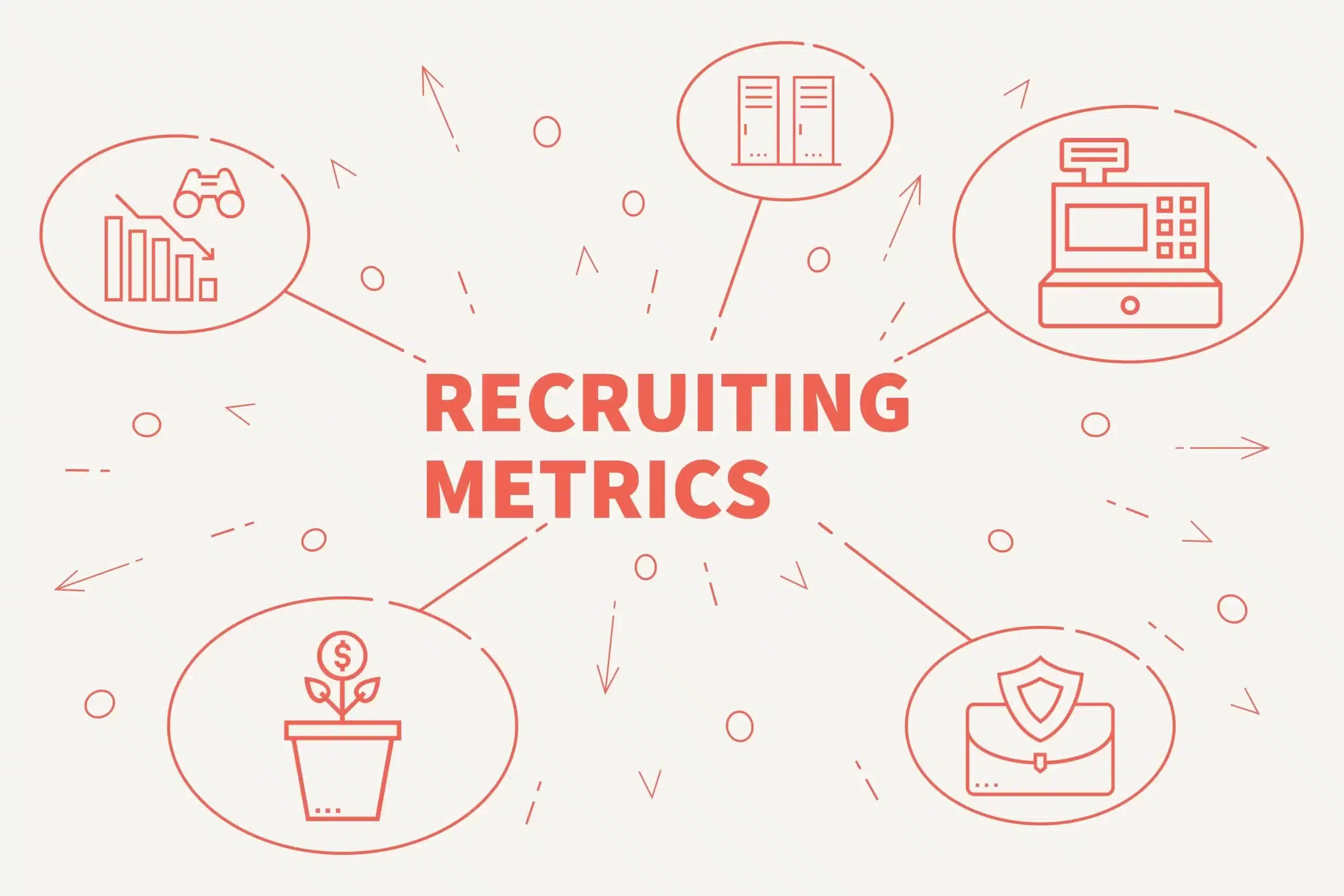Recruitment Metrics and KPIs for Success
In the ever-evolving world of talent acquisition, it’s essential for organizations to track and measure their recruiting efforts effectively. Recruitment metrics and Key Performance Indicators (KPIs) play a crucial role in assessing the success of your hiring processes. We’ll delve into the importance of recruiting metrics and explore how they can help you achieve recruitment success.
Understanding the Power of Recruiting Metrics
Recruiting metrics are quantifiable data points that provide insights into various aspects of your recruitment process. By analyzing these metrics, you can make data-driven decisions, optimize your hiring strategies, and ultimately achieve better results. One of the key phrases to remember throughout this discussion is “recruiting metrics.”
Key Recruitment Metrics and KPIs
-
Time-to-Fill
This metric measures the days it takes to fill a job vacancy from the moment it’s posted. Reducing time-to-fill is critical to secure top talent quickly.
-
Cost-per-Hire
Calculating the cost incurred to hire a new employee can help manage recruitment budgets more effectively.
-
Quality of Hire
This metric assesses the performance and contributions of new hires, ensuring they meet or exceed the company’s expectations.
-
Source of Hire
Understanding where your best candidates come from helps you allocate resources to the most effective recruiting channels.
-
Offer Acceptance Rate
Monitoring how often candidates accept job offers provides insights into your company’s attractiveness as an employer.
-
Applicant-to-Interview Ratio
This KPI tracks how many applicants are invited for interviews, indicating the quality of your pre-screening processes.
-
Offer-to-Acceptance Ratio
This metric measures how often job offers are accepted, helping you refine your compensation and benefits packages.
-
Retention Rate
Examining the percentage of new hires who remain with the company over time is essential for assessing long-term success.
-
Candidate Experience
Positive candidate experiences can lead to better employer branding and improved quality of applicants.
-
Diversity Metrics
Tracking the diversity of your candidate pool and new hires is crucial for promoting inclusivity and equal opportunity.
Leveraging Recruiting Metrics for Success
To make the most of recruiting metrics, follow these steps
Identify Your Goals
Define what success means for your organization in terms of recruitment. Your metrics should align with these objectives.
Implement Tracking Tools
Invest in applicant tracking systems and analytics tools to collect and measure the data you need.
Regularly Review and Update Metrics
As your recruitment strategies evolve, adjust your metrics accordingly to stay relevant.
Analyze and Act
Regularly review your recruiting metrics, identify trends, and take action to improve your processes. For example, if your time-to-fill is too long, consider streamlining your interview process or expanding your talent pool.
Communicate Findings
Share your insights with your recruitment team and company leadership to ensure everyone is on the same page and working towards common goals.
Read More: Effective Strategies for Talent Acquisition
By focusing on “recruiting metrics,” you can continually refine your hiring strategies and drive success in your talent acquisition efforts. In a competitive job market, using data-driven insights to attract and retain top talent is more critical than ever.
Recruitment Metrics and KPIs
recruitment metrics and KPIs are your compass in the complex landscape of talent acquisition. Use them to measure, adjust, and optimize your hiring processes, ensuring you attract the best talent and contribute to your organization’s overall success.
The Significance of Recruitment Metrics
Recruitment metrics are not just numbers; they are the key to unlocking your hiring potential. Let’s dive deeper into why these metrics are essential for achieving success in talent acquisition:
-
Data-Driven Decision Making
Recruitment metrics provide concrete data that enables you to make informed decisions. By relying on data rather than gut feelings, you can refine your strategies and reduce the risk of costly hiring mistakes.
-
Continuous Improvement
Successful organizations are always striving to improve their processes. Recruitment metrics act as a feedback loop, allowing you to identify areas that need enhancement, make necessary adjustments, and track the impact of those changes over time.
-
Resource Allocation
Your recruiting budget is a precious resource. By understanding which channels and methods yield the best results, you can allocate your resources more efficiently and effectively.
-
Measuring ROI
Recruitment is an investment in your company’s future. Metrics such as cost-per-hire and quality of hire help you gauge the return on your recruiting investments.
-
Competitive Advantage
In a competitive job market, attracting and retaining top talent can be a game-changer. By closely monitoring your recruitment metrics, you can stay ahead of the competition.
Common Challenges in Using Recruitment Metrics
- While recruitment metrics are invaluable, they come with their own set of challenges:
-
Data Accuracy
Ensure that the data you collect is accurate and up-to-date wrong data can lead to wrong assumptions and actions.
Overemphasis on a Single Metric: It’s essential to look at the big picture rather than focusing solely on one metric. For example, a low time-to-fill might lead to sacrificing candidate quality, so balance your approach.
-
Benchmarking
To gauge your success, you need to benchmark your metrics against industry standards or your own historical data. Without benchmarks, it’s challenging to determine if your metrics are good or bad.
-
Data Privacy and Compliance
When collecting and analyzing recruitment metrics, you must adhere to data privacy regulations like GDPR and maintain the confidentiality of applicant information.
Conclusion
Recruitment metrics and KPIs are the compass that guides your talent acquisition journey. To achieve success, understand the significance of these metrics, overcome their challenges, and use them as a tool for continuous improvement.
By staying committed to tracking and analyzing your recruiting metrics, you’ll be better equipped to make strategic decisions, optimize your hiring processes, and ultimately secure the top talent your organization needs to thrive in today’s competitive job market.

